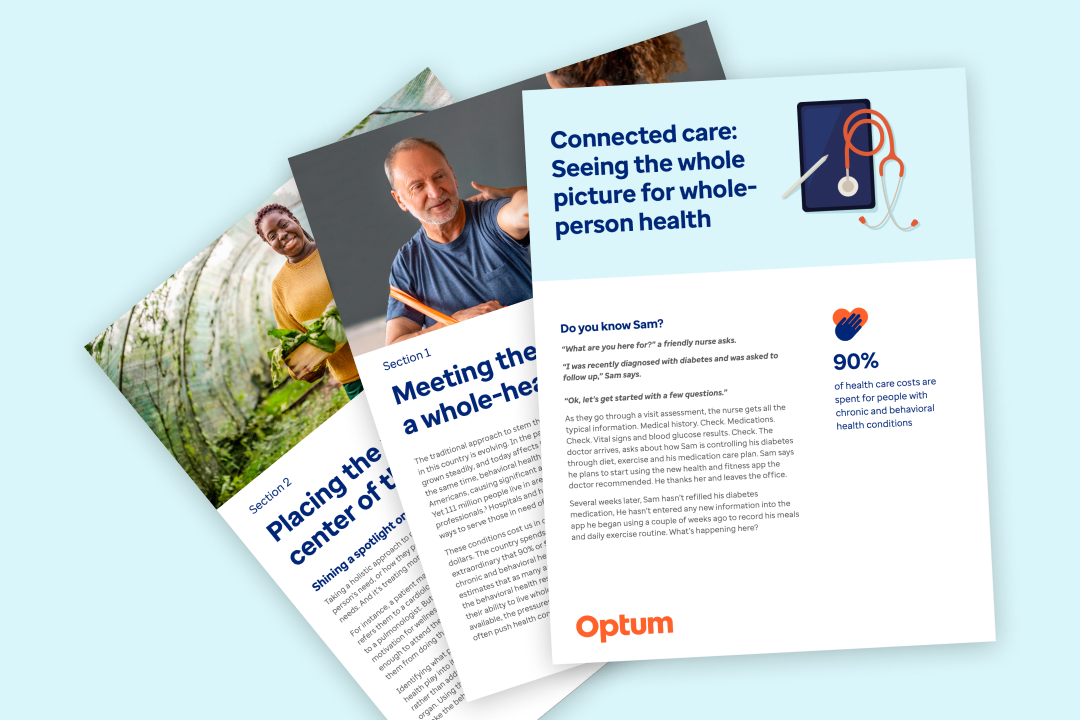Giving employees access to a top-notch patient-centered health resource can make all the difference in the quality of the care they receive — and the level of savings your organization can realize. But it can be hard to discern a great program from one that falls short. Here’s how to tell the difference.
An employee’s first interaction with their health plan often begins with the 800 number on the back of their insurance card. Trying to understand how their needs square with their coverage, they call to learn:
- What is covered and what is not?
- Where and how can they find the specialists they need?
- What exactly does this EOB statement mean?
Unfortunately, this information can prove hard to find, and the answers people receive on that initial call or chat vary greatly. Some health plans simply redirect callers to the website, leaving them to seek answers on their own. Some offer an AI-driven response that provides a bird’s-eye view of plan information without any personalized explanations.
It doesn’t have to be this way. In the best-case scenario, the employee calls a patient advocacy program provided by their employer to complement its health plan offerings. This support model can offer advice in that initial moment of engagement, tapping specialized nurses and case managers to answer the patient.
By cutting through bureaucracy and delivering critical information quickly, the right advocacy program can counteract the confusion that is endemic to health care — and that can delay care. In fact:
- According to one survey, 56% of people say they feel “completely lost” when it comes to understanding health insurance.1
- Another study of more than 500 insured adults found that lower health insurance literacy is associated with a greater avoidance of both preventive and non-preventive services.2
Accordingly, the impact of a high-quality advocacy program can be extraordinary. Data gathered by Patient Care Partners reveals that thoughtful direction and advice has a positive impact on patient care, according to 98% of surveyed providers and 92% of patients.3
By evaluating a few key criteria, employers can make sure that they are offering a meaningful patient advocacy program — one that delivers strong health outcomes and compelling savings through a patient-centric lens. Here are the questions worth asking.



